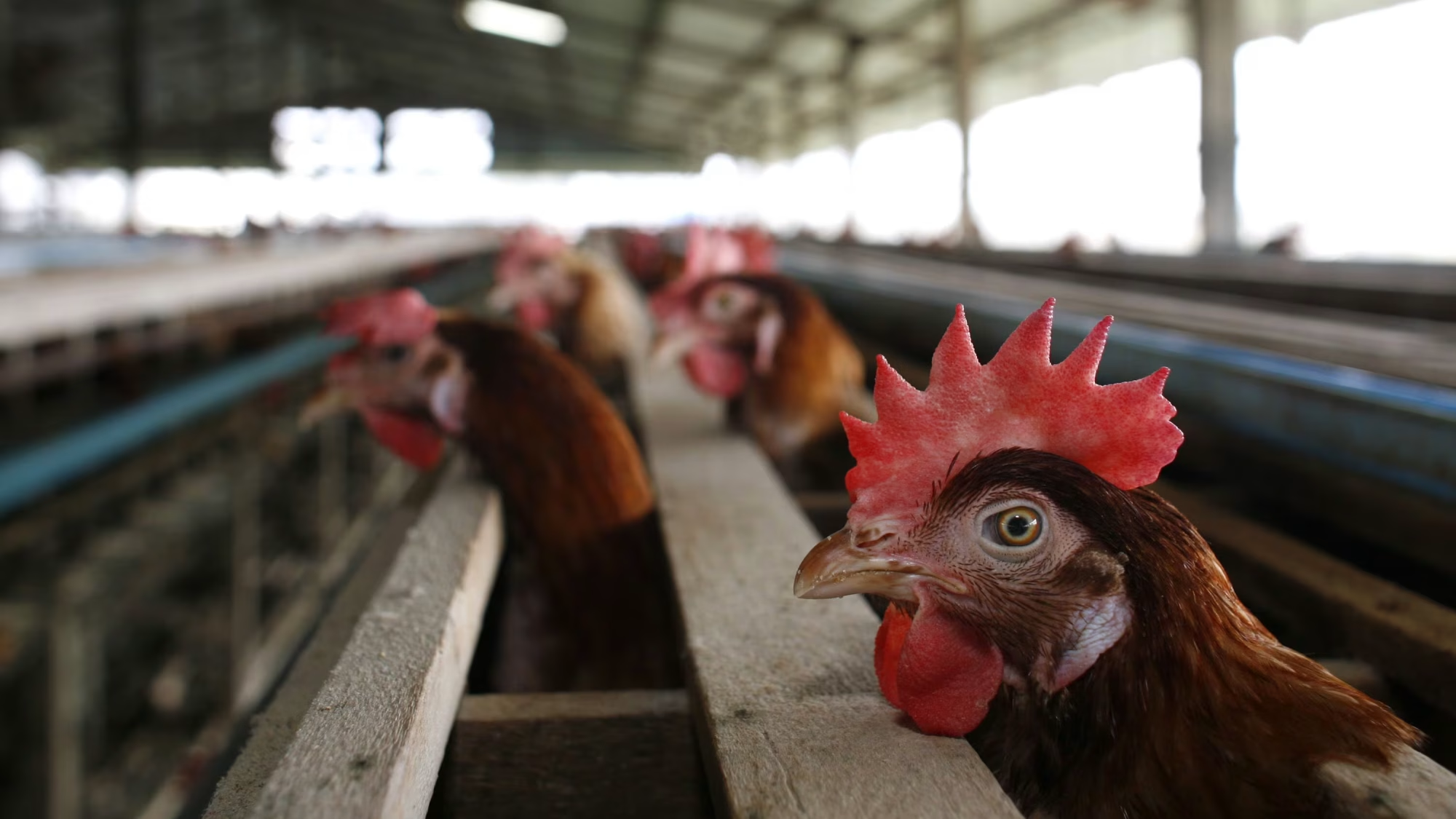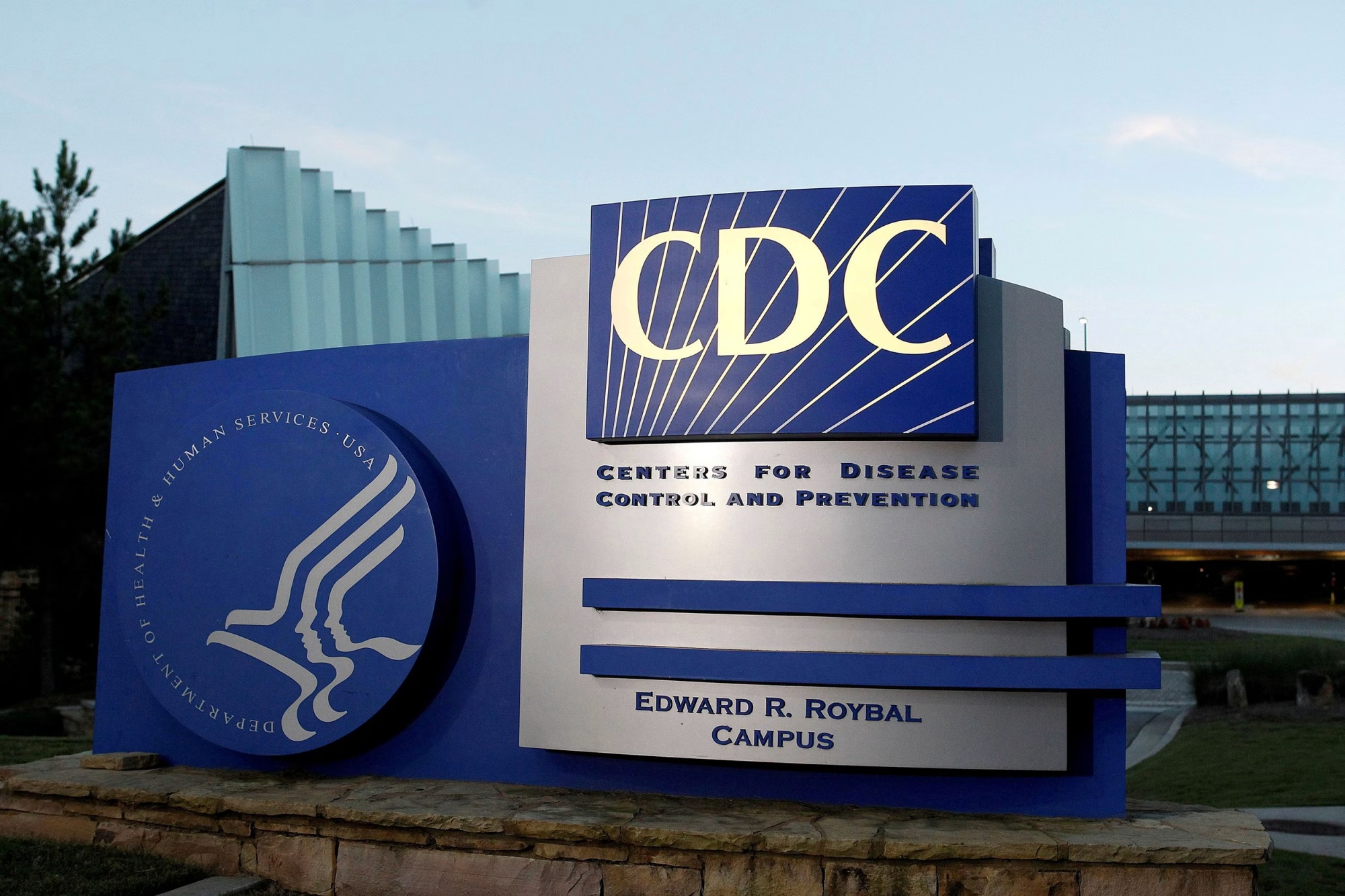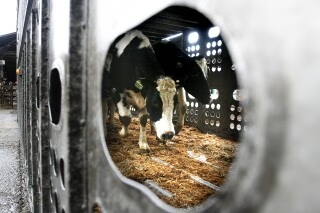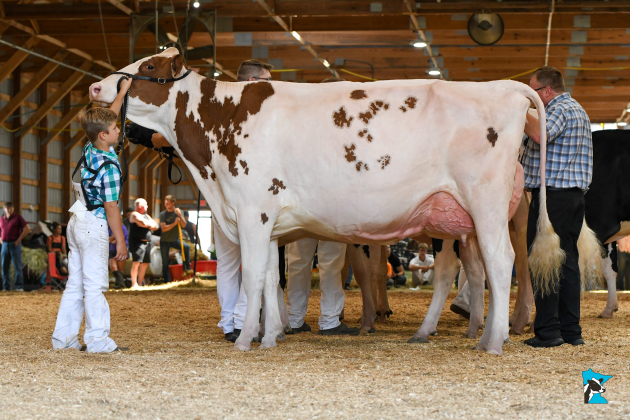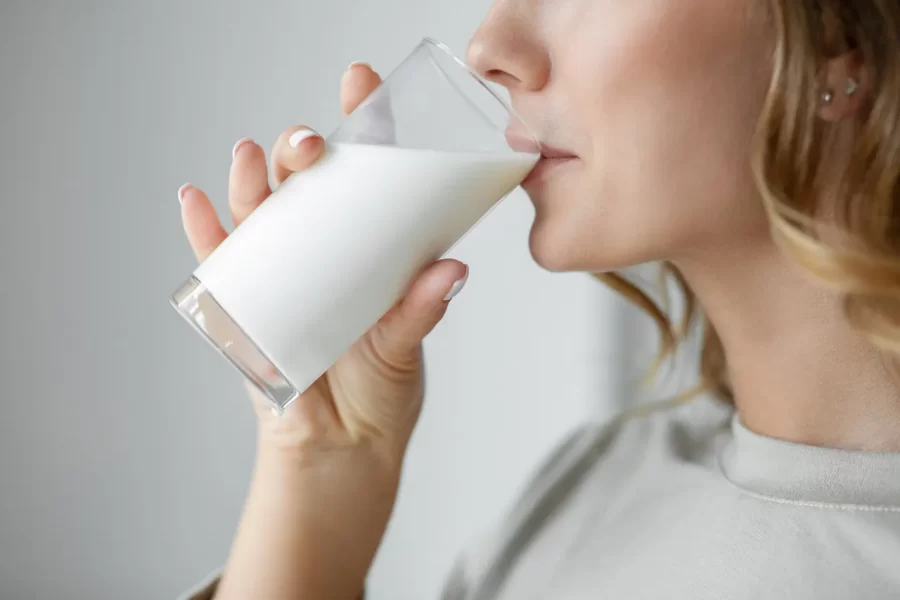Learn what the first U.S. bird flu death means for dairy farmers. How can you protect your herd and livelihood? Explore tips and strategies now.
Summary:
Bird flu, a zoonotic disease primarily affecting birds, has become a major concern in the United States, particularly in agriculture and wildlife communities. The first human death from bird flu occurred in Louisiana, where an elderly resident was killed when their backyard poultry mixed with wild birds. The disease impacts livestock and wildlife globally, with many poultry killed to stop outbreaks, hurting farmers financially and shaking up the supply chain. The first U.S. death highlights the threat of new transmission paths or mutations causing more significant outbreaks. This raises concerns for the dairy industry, as farmers sometimes share land and tools with poultry farms, raising the risk of spreading the virus and potentially disrupting the entire dairy industry. Dairy farmers must stay updated on bird flu news and take proactive measures to enhance farm safety. The H5N1 virus, with its recent mutations, has gained attention from scientists who believe these mutations could make the virus more dangerous and spread more quickly.
Key Takeaways:
- The first U.S. death from bird flu was recorded in a senior with underlying health issues in Louisiana.
- The virus was contracted from backyard and wild bird exposure without evidence of human-to-human transmission.
- Approximately 65 individuals have contracted bird flu in the current outbreak, raising concerns due to its historically high mortality rate.
- H5N1 belongs to the D1.1 genotype, with potential mutations observed in the Louisiana case.
- The CDC considers public risk low, as there are no major virological concerns in birds or dairy animals that could endanger human health.
- California’s emergency over bird flu heightens the need for vigilance within public health sectors.
- Health experts urge continued prevention strategies to minimize potential spillover to the human population.

Until recently, the United States hadn’t seen a human death from bird flu since the virus first appeared in birds decades ago. But that changed with the sad news from Louisiana, where the country’s first victim passed away from the disease. This case highlights the risks zoonotic diseases pose, especially in communities connected to agriculture and wildlife. It’s a serious concern for dairy farmers who rely on healthy livestock. So, what does this mean for you as dairy farmers, and how can you protect your herds and yourselves?
A Quiet Threat in the Heartland: When Life’s Simplicities Turn Perilous
Imagine life in the rural town of Lake Charles, Louisiana, with the warm sun illuminating vast sugarcane fields and a tight-knit community where neighbors greet each other by name. Our story focuses on an elderly resident, over 65, with health issues, who lived quietly until bird flu entered the picture. It wasn’t dramatic; it happened when their backyard poultry mixed with wild birds, unknowingly bringing danger. This is the first case in the U.S. and a reminder that even simple pleasures can hide threats. The health department kept many details private, respecting the family’s privacy. This story isn’t just about loss—it’s a wake-up call for communities involved in farming and agriculture, reminding us of our shared vulnerabilities.
Bird Flu: More Than Just a Bird Problem
Bird flu, or avian influenza, mainly affects birds, but some strains, like H5N1 and H7N9, can also affect humans. Have you heard of these before? Bird flu has existed for over a century but became famous due to Asian outbreaks in the 1990s and 2000s.
The virus mainly lives in wild water birds that don’t show many symptoms. But when it moves to domestic birds, it’s deadly and spreads fast, causing concern about its potential impact on ecosystems.
Bird flu is scary for human health because it could lead to a pandemic if it spreads quickly between people. Human cases occur primarily in those who directly handle sick birds. Over half the cases reported to the World Health Organization (WHO) have been fatal, so it’s serious.
It also impacts livestock and wildlife globally. Many poultry are often killed to stop outbreaks, which hurts farmers financially and shakes up the poultry supply chain. This creates a tricky balance between health and the economy.
The first U.S. death in 2024 signals that bird flu isn’t just an issue “over there.” It’s real and here, highlighting the threat of new transmission paths or mutations causing more significant outbreaks. This is a cause for concern for the dairy industry because farmers sometimes share land and tools with poultry farms, raising the risk of spreading the virus and potentially disrupting the entire dairy industry.
The U.S. dairy sector is key to food security and supports the rural economy. An intense bird flu outbreak affecting dairy farms would threaten lives and hurt the economy by tightening export controls, shaking consumer trust, and raising operational costs for tougher biosecurity.
This first bird flu death in the U.S. is a wake-up call to focus on readiness, resilience, and proactive safeguards. If left unchecked, bird flu is not just a poultry problem but could impact rural life and agricultural stability. As dairy farmers, how can you ensure the safety of your farms and families?
Bird Flu’s Unintended Reach: Concerns for Dairy Farmers
When we think about dairy farming and bird flu, you’d initially think the two don’t mix. But bird flu can affect dairy farmers, too. Even though bird flu is mainly a bird problem, it has consequences for others, too. The H5N1 strain, for example, has gotten into places where dairy cows are raised, making farmers nervous. While crossing from birds to cows doesn’t happen quickly, it may need attention. Viruses can surprise us significantly when they change.
So, what’s at stake for dairy farmers? The fear is about the disease spreading where different animals live together. Healthy cows mean good milk and higher profits. The introduction of the virus to cows can significantly impact their health and diminish farm income. Having decisive biosecurity steps is key.
- Health Concerns: It’s rare, but if cows get sick, milk production dips, hitting supply and affecting farmers’ supplies and money.
- Financial Impact: Cows might need to be culled if things get bad. This can be tough on farmers’ wallets, especially for significantly smaller farms, highlighting the potential financial strain that bird flu could place on dairy farmers.
- Market Issues: Worries could hurt milk and beef sales, and exports could face extra checks and delays.
Even if bird flu seems far away, dairy farmers must stay updated on bird flu news. To effectively manage risks associated with bird flu, dairy farmers must proactively enhance farm safety, recognize potential threats, and collaborate with health experts. By staying connected and sharing information, farmers can protect their farms and livelihoods, feeling empowered and in control of the situation.
Unraveling the DNA Code: How H5N1’s Mutations Could Affect Us All
The genetic details of the H5N1 virus, particularly its recent mutations, have caught the attention of scientists. Dr. Emily Radcliffe from the Global Animal Health Authority says, “Figuring out these mutations is like solving a big puzzle. The D1.1 genotype in recent human cases is different but still linked to global strains.” The virus in dairy cattle is part of the worldwide viral strain clade 2.3.4.4b, showing a shared background that poses unique challenges. “The virus keeps changing,” adds Dr. Michael Konrad from the National Institute of Zoonotic Diseases. “These mutations seem to help it jump between species, which is why we see it in cattle and even humans.”
The genetic analysis by the CDC shows specific mutations might make the virus more dangerous and able to spread more quickly. Where animals and people are close together, these changes could increase risks for the dairy industry and others. Radcliffe warns, “We need to watch these mutations closely. Dairy farmers are crucial in this fight, where careful monitoring and preparation are key to stopping potential problems.” These genetic studies push us to stay focused on
A Proactive Global Stance: Navigating the Bird Flu Challenge in a Unified Effort
The bird flu outbreak was monitored in the U.S. and globally as the new year began. Isolated cases have appeared in states like Louisiana and California. The recent death in Louisiana highlighted the virus’s severity, pushing health officials to take action.
Globally, cases tied to migrating birds and poultry farms continue to occur in Southeast Asia and Europe. Public health responses involve increased surveillance, enhanced farm biosecurity, and additional checks on wild birds.
The CDC is actively sending teams to affected areas to assess risks and provide guidance on preventing human infections. Local health departments tell folks, especially poultry and dairy farmers, to avoid contact with possibly infected birds and report odd bird deaths. Labs are fast-tracking studies on H5N1’s genes to create vaccines and treatments.
Airports and borders are alert; imports and travelers are checked for disease signs. California has declared a state of emergency for better resource use. Public campaigns also teach people about hygiene and early symptom reporting.
Although there is a threat, quick action from health officials helps keep human health impacts low. Global cooperation, primarily through organizations like the World Health Organization, is essential in combating bird flu. It’s a reminder that staying alert and ready is essential. Reading here is essential in tackling infectious diseases.
Safeguarding the Herd: A Proactive Path for Dairy Farmers Against Bird Flu
Dairy farmers, keeping your herds safe from bird flu means taking action. Here’s how you can make a difference:
- Biosecurity: This is like an invisible shield for your farm:
- Limit Access: Only essential workers should be allowed near the animals. At the entry points, disinfectant mats or change boots should be used.
- Sanitize: Regularly clean and disinfect the equipment and vehicles on and off the farm.
- Secure Storage: Keep feed areas off-limits to wild birds and rodents.
Vaccinations: Although bird flu vaccines are still developing, here’s what you can do:
- Ask Vets: Work with animal health experts to know which vaccines are available and valuable for your cows.
- Targeted Shots: Consider vaccinating nearby poultry or domesticated birds that might be around the farm.
Monitoring: Watch your herd and farm environment closely to spot any problems early:
- Health Checks: Regularly examine your cattle to catch any early symptoms.
- Farm Surveillance: Watch for wild birds around your farm.
- Stay Informed: Keep updated with local agriculture and health channels about any outbreaks.
Making these actions part of your routine will protect your herd and secure your farm’s future. Remain vigilant now for a safer tomorrow.
The Bottom Line
As we think about the changing bird flu situation and its impact, it’s clear that staying alert is crucial. We need to learn about H5N1 and prepare wisely. We’re in new territory, but we’re not alone. Keeping up with expert advice and research helps create a safer community environment. We must ensure our farmers have the information and tools to protect their farms. Connect with local agricultural offices, attend workshops, and use the knowledge from industry leaders. Working together is our best defense. Staying informed is powerful. Keep up with this topic, subscribe to reliable updates, and talk with experts fighting bird flu. Your attention today plays a crucial role in ensuring a healthier future.
Learn more:
- US Dairy Farms Battle Bird Flu: 24 Companies Racing to Develop Vaccine
- Federal Response Criticized by Scientists over Bird Flu Outbreaks on Dairy Farms
- Bird Flu Hits Michigan Dairy Herd—Farmers Brace for Impact
 Join the Revolution!
Join the Revolution!
Bullvine Daily is your essential e-zine for staying ahead in the dairy industry. With over 30,000 subscribers, we bring you the week’s top news, helping you manage tasks efficiently. Stay informed about milk production, tech adoption, and more, so you can concentrate on your dairy operations.







 Join the Revolution!
Join the Revolution!